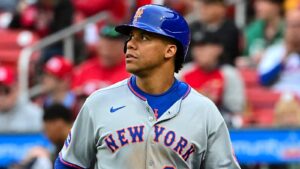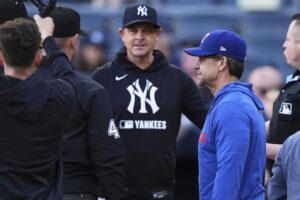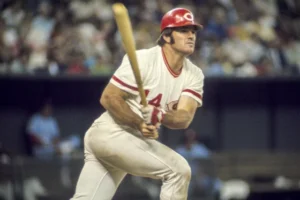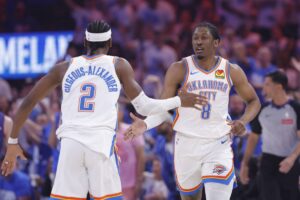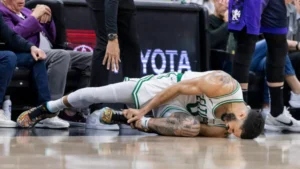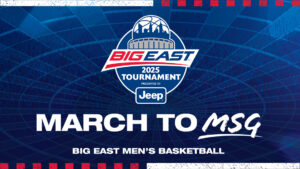Baseball Is Back, But Is It Really?
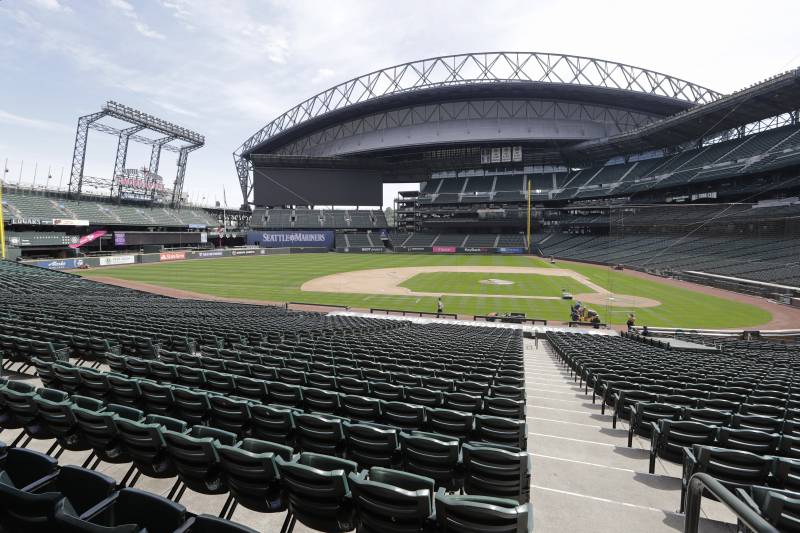
Baseball stadiums may remain empty, if there is even a season
By Scott Mandel
That actual baseball is about to be back on the field under the summer sun is one small step for man…and one giant leap backward for mankind.
My god. The moon landing was a piece of cake compared to this. Negotiations are negotiations, yes, and baseball has a long, ludicrous history of turning them into drawn-out battles.
But this…this was a new low even by lower-than-a-worm’s-belly standards.
As more than two million people in the United States have contracted COVID-19, the bickering between players and owners over the path back onto the field commenced.
As more than 120,000 people in this country have died from this pandemic, the bitterness turned toxic.
Then George Floyd was killed after a police officer pressed his knee on Floyd’s neck in broad daylight on the streets of Minneapolis two months after Breonna Taylor was shot and killed by police in her own apartment in Louisville. Protesters were tear-gassed by United States Park Police on the streets outside of the White House, and the country erupted into a righteous rage.
All the while, the sport former Commissioner Bud Selig regularly referred to as a “social institution with social responsibilities”, abdicated those responsibilities. Not once, but twice—twice!—owners and players appeared to reach a deal (March 26 and June 17) and then couldn’t even agree on what that deal was or that there had been a deal.
Now, upon re-entry, the sport looks smaller and smaller. Insignificant.Videos you might like
Commissioner Rob Manfred on Tuesday used his power to unilaterally implement a 60-game season after three months’ worth of “negotiations” ended in a stalemate. Those early-summer dreams about the Sport Formerly Known as America’s Pastime romantically returning in a star-spangled burst around July 4 now lay in storage along with all of the nation’s canceled fireworks.
A game fighting for its patch of real estate on an ever more crowded sports landscape could have had several weeks alone in the spotlight. Instead, it will have a few days, and then the NBA and NHL playoffs will crank up.
The half-full view, of course, is that games will begin again on July 24, or thereabouts, finally releasing us from the grainy hell of replays from the distant past and giving us, finally, nightly options beyond searching the Netflix queue for the 6,000th time.
So now come the tentative first steps back, however belatedly, and we’ll see what the fan reaction is and just how much the sport alienated even its hardcore base. Of course, with no attendance, it may take a while to gauge the true effect. If a tree falls in the forest and no one is around…that sort of thing.
Or, maybe by squeezing 60 games in under the wire and dodging the virus, the game will, as ever, rise up and make a disgusted clientele remember why they loved it in the first place.
So, Play Ball!
Right?
Or is it, Play Ball…(sigh)
Unlike any other season in more than a century of Major League Baseball: a 60-game sprint, in empty ballparks, with Opening Day essentially being the start of the pennant race.
The severely reduced game calendar will be by far the shortest in the history of MLB, strike seasons included. Before now, the most abbreviated schedule ever played was in 1981 when a two-month players’ strike caused clubs to play roughly 107-110 games.
Furthermore, by playing only 37 percent of its usual 162-game schedule, this will represent the sharpest reduction of a season of any of the four major American professional sports leagues in history. No league, outside of a full cancellation, has ever played a season with less than 56 percent of its scheduled games.
As a result, the importance of each game for what amounts to the entire season will be magnified tremendously: Each game will carry the significance of nearly three in usual circumstances (2.7 to be exact). Meaning, if there are six scheduled games each week, every club’s weekly schedule will carry the weight of 16 games in a normal season. A sense of urgency will be there from the first pitch.
Because of the brevity, odds immediately increase for flukes.
Teams that get hot for a 20- or 30-game stretch will be difficult to catch. If you look at last year’s schedule on June 4—a date at which most teams had played between 58 and 60 games—the National League division winners would have been Philadelphia, Chicago and Los Angeles. Only the Dodgers, of course, won their division in 2020. (The American League division winners would have been the same as at season’s end: the Yankees, Twins and Astros).
Under the same circumstances in 2018 (June 4 cutoff, most teams at 58-60 games), Boston, Cleveland and Seattle would have won division titles in the AL—and the Mariners are currently dragging the longest playoff drought in the majors, not having played in a postseason since 2001. NL division winners would have been Atlanta, Milwaukee and Arizona. The Mariners and Diamondbacks were the outliers as the Astros and Dodgers wound up winning the Western divisions.
The schedule will be re-configured into, essentially, geographic pods: Western teams will only face Western teams, etc. The Yankees’ schedule, for example, will consist of 40 games against AL East foes with the remaining 20 games against NL East teams. That number of in-division games and interleague games will remain equal for all teams. In a shortened season and with COVID-19 concerns, the idea is to limit travel and, thus, both health and fatigue risks.
That will afford one interesting wrinkle: If you remember back to the halcyon, pre-virus days in February and early March when the Astros’ cheating scandal dominated the baseball conversation…well, the Astros weren’t scheduled to face the Dodgers, their 2017 World Series victims, this season. Now they are. But, alas, in an empty Dodger Stadium.
Rosters will be expanded early in an effort to keep pitchers healthy. Extra innings will start with a runner on second base, largely because health experts advise against games lasting hours and partly because MLB figures this is a good opportunity to test-drive some ideas without any long-term commitments. And the trade deadline will be pushed back a month to Aug. 31.
While the designated hitter will arrive in the NL this year—sorry, purists—because Manfred is implementing as much in lieu of a negotiated agreement, there will not be a DH in the NL in 2021. At least, as of now.
Also, because the season is coming by way of decree and not agreement, forget the notion of expanded playoffs (and free substitution). For now, October, if the virus allows us to get that far, will look the same, with 10 teams in the usual format.
One positive—hello again, purists—is that there will not be advertising patches on uniforms this season (one of the players’ offers to owners included the approval to sell ad space on the unis). In a storied game in which certain uniforms—Yankees, Cardinals, Dodgers, Tigers, Red Sox—are iconic, it would be like spraying graffiti on St. Peter’s Basilica.
So now the question becomes: Given that this season was called to order instead of negotiated, will it essentially be a joyless slog through three months that are simply a prelude to more ugliness when negotiations begin for the next Collective Bargaining Agreement?
There is a chance some stars will boycott in protest and decline to play this year. Unless they’re excused for legitimate health concerns, players refusing to play would not be paid, of course.
Players could display their anger and frustration in other ways. For example, in one of their proposals, they offered enhanced telecasts (essentially being mic’d up during games). Under current conditions, they have the right to decline extras like that—and many likely will.
Two things that are likely to disappear: the All-Star Game and Home Run Derby. During negotiations, the players’ union was discussing ways to hold both after the postseason concludes. Now, both will likely be canceled.
Meanwhile, there is a health crisis to manage, and the genuine concerns about the risks of playing could stretch far and wide among players. For example, the wives of both Angels star Mike Trout and Yankees ace Gerrit Cole are pregnant this summer. Will both men feel comfortable playing given those circumstances, or might one or both opt out?
Sources say MLB has accepted the notion that some players will test positive but believes as long as they can manage the situation and keep the numbers relatively low, they can get through the shortened season.
One universal thing about this season: There are myriad complications around each corner.
And there look to be more on the way.
Players vs. Owners…

MLB Players Association executive director Tony Clark.Joel Auerbach/Getty Images
Neither side in this months-long dispute covered itself in glory, and there is plenty of blame to go around.
For those scoring at home, the owners probably came out as the “winners” (very loose definition there) because they were able to control their losses with a 60-game season rather than paying the players full pro-rated salaries for, say, 82 games.
But it’s hard to believe anyone in the owners’ suites are toasting what they accomplished.
Part of what made things so contentious is the fact that both players and owners have (some) valid arguments.
The players, feeling like they got played in the last Basic Agreement, point to the fact that the sport has taken in record revenues in recent years ($11 billion or so last year), and yet the average player salary has decreased in consecutive years for the first time since the MLBPA started keeping such statistics more than half a century ago in 1967.
So the general feeling from them is: If you are going to squeeze free agency and reduce our share of the pie when times are good, then why should we go out of our way to help you share the losses when times are bad?
The owners are taking a shorter-term view of things, arguing that they are hemorrhaging money (“a bloodbath,” one says) this summer and want the players to share that burden. They say that playing without fans means, without ticket revenue, parking, concessions and gift shop receipts, each team is losing (depending on market size) somewhere between $640,000 and $1 million per home game.
Multiply that by 81 home dates and, even if you quibble with the exact numbers the owners are citing, it’s difficult to argue they’re not losing a ton.
The winning play by both sides would have been to give more than they wanted now and save the big fight for the looming Collective Bargaining Agreement negotiations that are set to begin within months. The CBA expires after the 2021 season, and each one generally lasts five years.
So in the midst of a pandemic and with the country reeling from unemployment and social justice issues, why not look big now by sacrificing some of what you want to try to get through one partial season?
That’s the question that will be lingering for years.
The cold winter ahead…
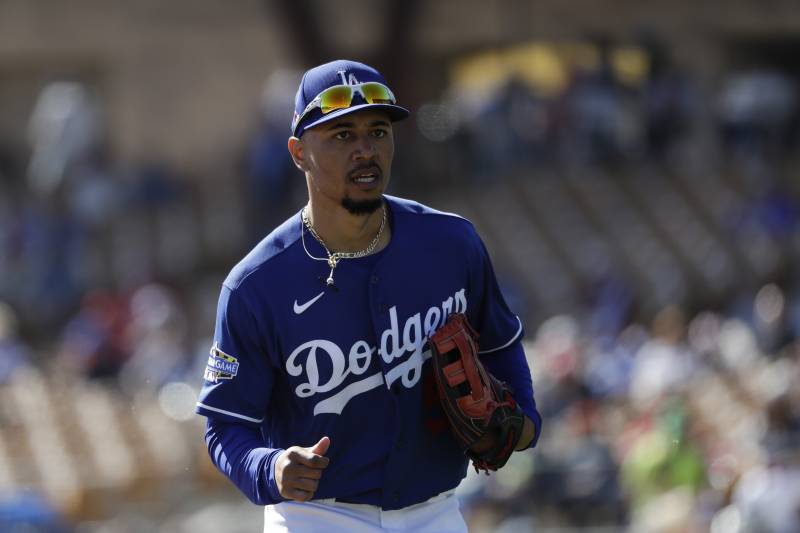
Mookie Betts’ tenure as a Dodger could be a short one if he leaves the team in free agency after this season.Gregory Bull/Associated Press/Associated Press
Look out.
What we know is that the financial losses this year are enormous, and nobody has promised that things will be back to normal by next year’s season opener in March.
That will likely make for one of the coldest free-agent markets in years. Mookie Betts picked a horrible time to decline Boston’s contract overtures—he reportedly turned down a 10-year, $300 million offer last summer. Several industry sources say he won’t come close to that as a free agent this winter. Some expect him to settle for a one-year deal and try again later.
Other top free agents this winter—catcher J.T. Realmuto, shortstop Marcus Semien, outfielder George Springer and pitchers Trevor Bauer and Marcus Stroman—can also expect to find a hard time generating big offers.
Furthermore, how will arbitration even look this winter? One industry source guesses that those eligible will have to be judged on their 2019 numbers because there is no way to fairly and accurately decide contracts on a 60-game season this summer.
Also, for numbers fans: There will be no revenue sharing this season because there is too little revenue to share. Luxury-tax rules will revert back to 2019; there is no “resetting” of the luxury tax for clubs in 2020.
More trouble looms in 2021…
If only we could flip a switch and everything would be back to normal by Opening Day next year. If only.
Shaded by the effort to get the game back on the field this summer is the bleak outlook for 2021. Will a vaccine be developed, proven, approved and distributed on a large enough scale by then? Will fans be comfortable entering stadiums for mass gatherings? Heck, will governors and health experts even allow it, or will social distancing still be enforced by then?
As one owner says, speaking from the perspective of the clubs: “2021 is going to be ugly, too. A sellout could be 16,000.”
In other words, he’s expecting attendance to be capped by social distancing requirements, at least in the beginning.
Meanwhile, the negotiations for the next CBA will be playing out in the background. Given that the two sides couldn’t come to an agreement this summer, there’s no reason to believe the relationship will do anything but worsen.
The owners believe they made some offers that should have been accepted in negotiations this spring and summer and maintain that the union leaders either misled the players or lied to them. Further complicating things, sources say owners have developed a strong antipathy toward the union’s new lead labor lawyer, Bruce Meyer, and believe that agent Scott Boras overstepped his bounds by meddling in—and helping to torpedo—negotiations.
The players rejected every offer by the owners since the game was suspended in March and, in the end, valued their right to file a grievance that the owners negotiated in bad faith above all else. Not all players seem on board, and Bauer’s tweet Monday night seemed to echo what some owners think, which is that the players didn’t all receive the information they should have:Trevor Bauer✔@BauerOutage
So we gave up shares of playoff money, eliminating the qualifying offer for 2021, paycheck advance forgiveness, Covid 19 protections, and protection for non guaranteed arb contracts for next year in order to hold on to our right to file a grievance…
 6,918Twitter Ads info and privacy1,546 people are talking about this
6,918Twitter Ads info and privacy1,546 people are talking about this
Many players, however, believe the owners have allowed the erosion of competitive integrity via the handful of clubs that tank each year in order to rebuild.
Maybe the best, most positive hope that the two sides will reach an agreement on the next CBA without an interruption to a season is that they are each losing so much money this summer that it’s hard to imagine either side in the industry could sustain more massive losses in 2022 and beyond.
Of course, as we learned this summer, the danger in underestimating them is that there’s no telling how low they will go.

